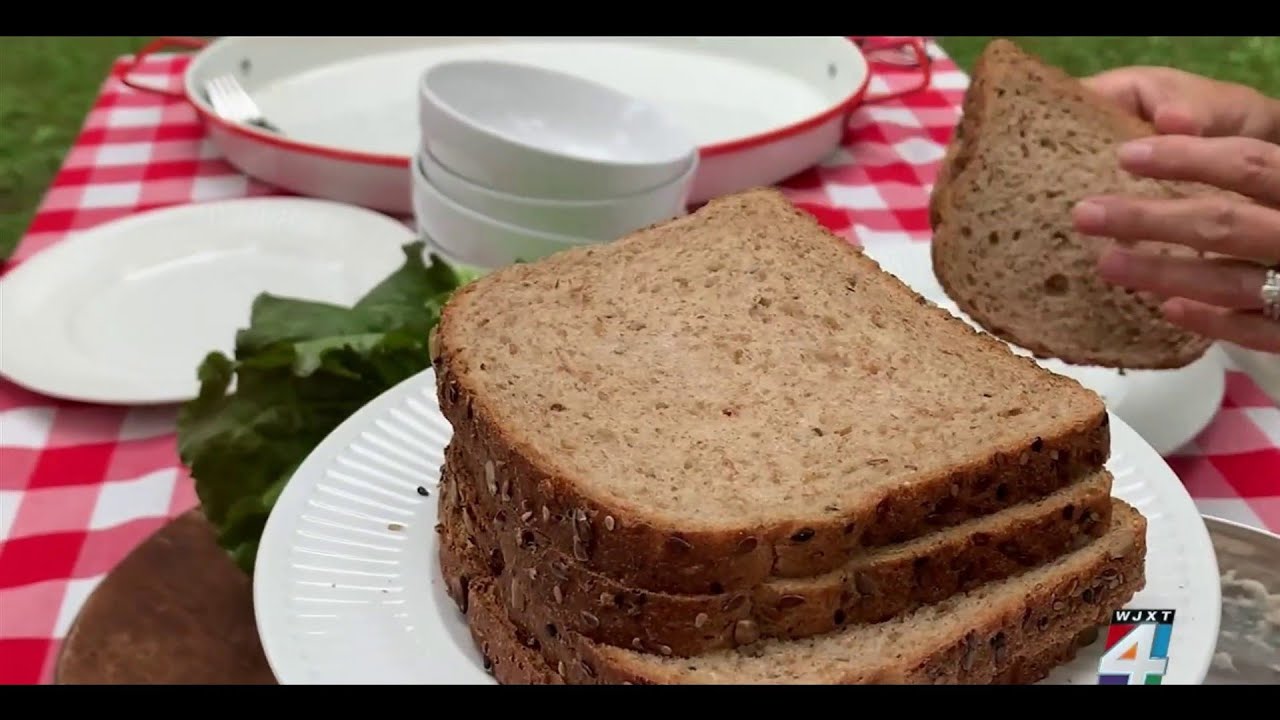What Are The Best Healthy Breads?
Unleash Your Creative Genius with MuseMind: Your AI-Powered Content Creation Copilot. Try now! 🚀
Bread has long been vilified as a guilty pleasure carb, often associated with weight gain and empty calories. But is it really as bad as it seems? Consumer reports have recently shed light on this debate, analyzing over 50 different breads that contained whole grains. Surprisingly, they found that not all breads are created equal when it comes to their nutritional value.
Deciphering the Labels: Whole Grains and Their Benefits
Walking down the bread aisle in your local grocery store can be overwhelming. With numerous options claiming to be healthy, it's challenging to make the right choice. To navigate through the sea of labels, look for breads that list whole grains as the first ingredient. Whole grains include all three parts of the grain: the bran, the germ, and the endosperm. These breads are more nutritious than their refined counterparts, which often lack the two outer layers.
Whole grains offer a plethora of health benefits. They are high in fiber, which aids in digestion and helps you feel fuller for longer. Additionally, consuming whole grains has been linked to a lower risk of heart disease, diabetes, certain cancers, and other health problems. However, labels can be misleading. Breads labeled as "multigrain" or "12 grain" may contain a mix of grains, even including white flour. To ensure you're consuming true whole grain bread, opt for ones that are labeled "100% whole grain" or "100% whole wheat," as they won't have other flours mixed in.
The Quest for the Best: Minimal Additives and Nutritional Bonuses
In addition to a high proportion of whole grains, experts have identified minimal additives as a crucial factor in determining the healthiness of bread. When choosing a healthy bread, aim for those with two or more grams of fiber per slice, less than 150 milligrams of sodium, and two or fewer grams of added sugars. If you're looking to up the nutritional value of your bread even further, consider opting for varieties that include nuts and seeds. These additions not only add flavor and crunch but also provide healthy fats and extra fiber.
Consumer Reports has raised a toast to several breads that meet these criteria. Whole Foods' 365 brand offers an organic option called "Ancient Grains," which contains 16 grams of whole grains per slice and is low in added sugars and sodium. For those who prefer a classic, Nature's Own 100% Whole Wheat bread is another excellent choice, with less than a gram of added sugar per slice. And if you're feeling more adventurous, Dave's Killer Bread Organic Power Seed boasts over a serving of whole grains in a single slice, making it an ideal option for a protein-packed snack when spread with peanut butter.
Homemade Bread: A Healthier Alternative
If you're someone who enjoys the process of baking bread at home, you might be wondering if homemade bread can compete with store-bought options in terms of healthiness. The answer is a resounding yes. By avoiding excessive sugars and additives, homemade bread can be a wholesome and nutritious choice. When searching for recipes, look for those specifically created for whole grain breads. This way, you can control the quality and sourcing of the ingredients, ensuring a healthier outcome.
Conclusion
In conclusion, bread doesn't have to be the guilty pleasure it's often made out to be. With a little knowledge and attention to labels, you can make informed choices that support your health goals. Look for breads that prioritize whole grains, minimal additives, and extra nutritional bonuses like nuts and seeds. And if you enjoy baking, don't hesitate to explore the realm of homemade bread, where you have full control over the ingredients. Embrace the goodness of bread without the guilt, and savor each bite knowing you're nourishing your body with a satisfying and nutritious staple.

Related Recaps
- Mamba Smith tours what was left behind at Talladega
- Text Similarities in Descriptions of Events Likely Depend on Similarities in Astrology Charts
- NGÕ CHẠM - BIGDADDY x EMILY | OFFICIAL MUSIC VIDEO
- Maharashtra में Bageshwar Baba के कार्यक्रम को लेकर विवाद पर Nana Patole ने क्या कहा? | Top 25
- Milwaukee Bucks vs Miami Heat Overtime GAME 5 Highlights | 4/26 | NBA Playoffs 22-23